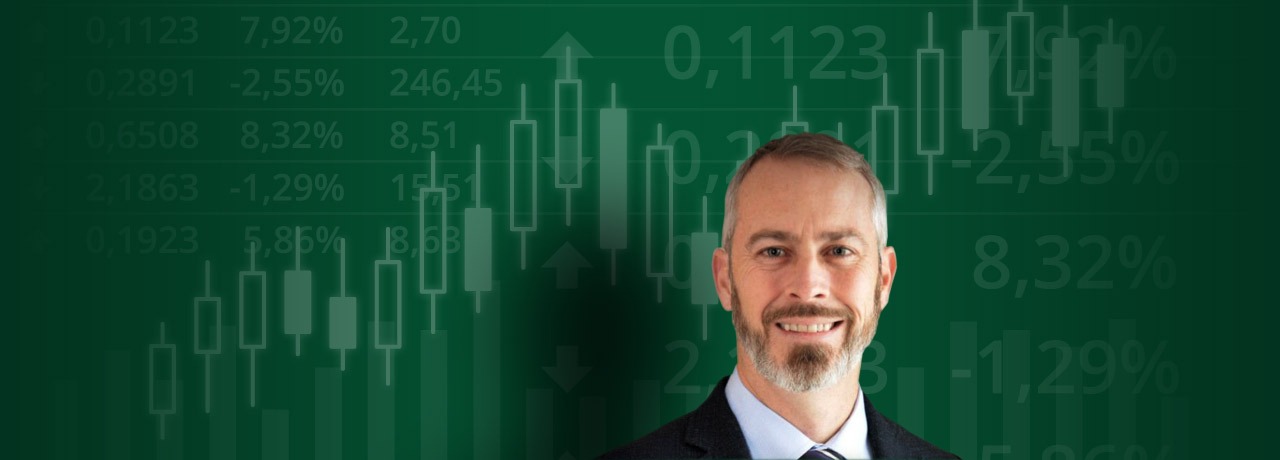This blog is published by Andy Waldock. Andy Waldock is a trader, analyst, broker and asset manager. Therefore, Andy Waldock may have positions for himself, his family, or, his clients in any market discussed. The blog is meant for educational purposes and to develop a dialogue among those with an interest in the commodity markets. The commodity markets employ a high degree of leverage and may not be suitable for all investors. There is substantial risk in investing in futures.
The stock market’s recent sell off between 7.5% and 14% depending on the index, was immediately followed by five straight day’s worth of rally. Apparently, the TV pundits are saying that the electronic meltdown was just what the market needed to attract fresh buying to the markets and push them back to 2007’s happy market levels. Unfortunately, based on commercial traders’ positions, they don’t seem to share the talking heads rosy outlook. In fact, their trading actions appear to favor, “The Coming Double Dip,” opinion.
Throughout the month of April, commercial traders have been steadily building short positions in the stock index futures. The behavior of the institutional trader is to vary their short position in the stock indexes to offset their perceived sense of risk in the stock positions they currently own in their portfolios. The execution of short hedges in the stock index futures allows them to hold on to their individual issues. The ability to protect their portfolio without having to sell individual issues also protects them from incurring capital gains penalties on their core positions. Thus by tracking commercial traders’ momentum we can get a feel for not only their positive or, negative outlook on the stock market but also their sense of urgency.
Individual investors need to know what options are out there to help them protect their hard earned equity portfolios. The stock index futures offer direct hedges to the Nasdaq, Dow, S&P 500 and Russell 2000 indexes. These markets cover everything from blue chips to heavy tech and small cap. They also trade in various size contracts to help tailor hedge positions to your underlying investments.At these levels, the small contracts have approximately the following cash values:
Market Cash Value Margin RequirementS&P 500 $56,500 $5,625Dow Jones $52,500 $6,500Nasdaq $18,750 $3,500Russell 2000 $68,000 $5,250
Using the above values, one can see the effectiveness of using futures to hedge an equity position, rather than a Contra, Profund or, other inverse equity mutual fund through the following example.
John Doe has $250,000 in equity positions through individual stocks, mutual funds and retirement plans. John is afraid that the market’s rally has run its course and given the overall economic outlook, would like to be able to protect his portfolio in the event of a downturn. Unfortunately, John has had some of the individual stocks for so long that his cost basis makes selling them and paying capital gains taxes an unappealing option. Several of his mutual funds are held in various retirement accounts run by managers who don’t solicit investment advice from their clients on a regular basis. Finally, John has another $75,000 in cash, short term rates and money markets. He considers this his operating cash for any opportunities or emergencies that might come up. So, what can John do protect his self in the event of a market downturn without tying up all of his free cash?
Assuming he would like to hedge half of his portfolio, he would determine the makeup of his holdings to see how he’d like to balance his hedge – small cap, blue chip, tech, etc. Now, he wants to give himself room for another 10% higher in the equities due to the “January Effect” or, market exuberance. Therefore, the free cash needed for this strategy would be approximately, $16,000 in margin to carry the equivalent of a $125,000 short equity mutual fund. Plus, he’s going to need an extra $12,500 to provide a cushion of another 10% rally in the equities. His total free cash outlay is $28,500. Thus, he effectively hedges half of his equity position while tying up only 25% of his operating cash.
The commitment of traders report for the stock indexes can be a good barometer for anticipated movement in the stock market. Furthermore, through the use of stock index futures and a competent broker, individuals can implement the same type of equity protection as the big boys.
Please call with any questions.Andy Waldock866-990-0777






The examples in this article have helped my understanding. It is very helpful reviewing the information that this Broker has included in his article. It is well written! I will be looking for more articles from Andy Waldock.